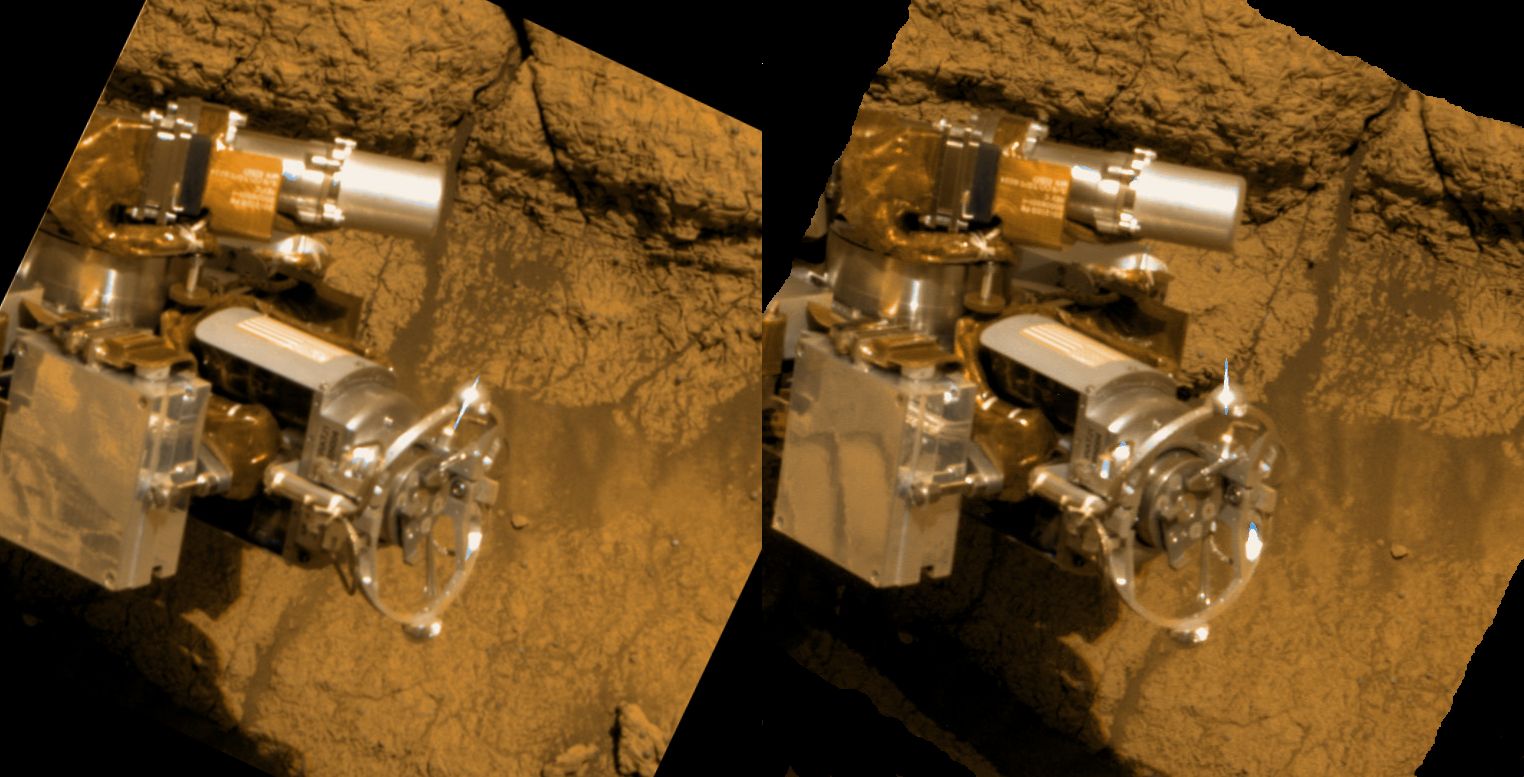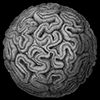Here’s a little undocumented function to horizontally concatenate two cv::Mat matrices (with the same number of rows).

It is used like this:
cv::Mat m1(10, 5, CV_32FC3);
cv::Mat m2(10, 3, CV_32FC3);
cv::Mat m3;
cv::hconcat(m1, m2, m3);
assert(10 == m3.rows && 8 == m3.cols);
cv::hconcat(std::vector<cv::Mat>{m1, m2}, m3);
assert(10 == m3.rows && 8 == m3.cols);
cv::Mat matArray[] = { m1, m2 };
cv::hconcat(matArray, 2, m3); // Accept array + size
assert(10 == m3.rows && 8 == m3.cols);
The function cv::hconcat() has 2 additional overloads: One for accepting an array of cv::Mats and array size, and another for accepting a cv::InputArrayOfArrays which is essentially an std::vector<cv::Mat>.
Note that this function will copy all the elements of input matrices and (possibly) reallocate the output matrix.
References:
- Header declaration in OpenCV: core.hpp;
- Hat tip to SO answer.
- The image from here shows a section of rock that has being ground away by the Rock Abrasion Tool (RAT) of the Opportunity rover on Mars.
If you found this post helpful, or you have more thought on this subject, please leave a message in the comments.
